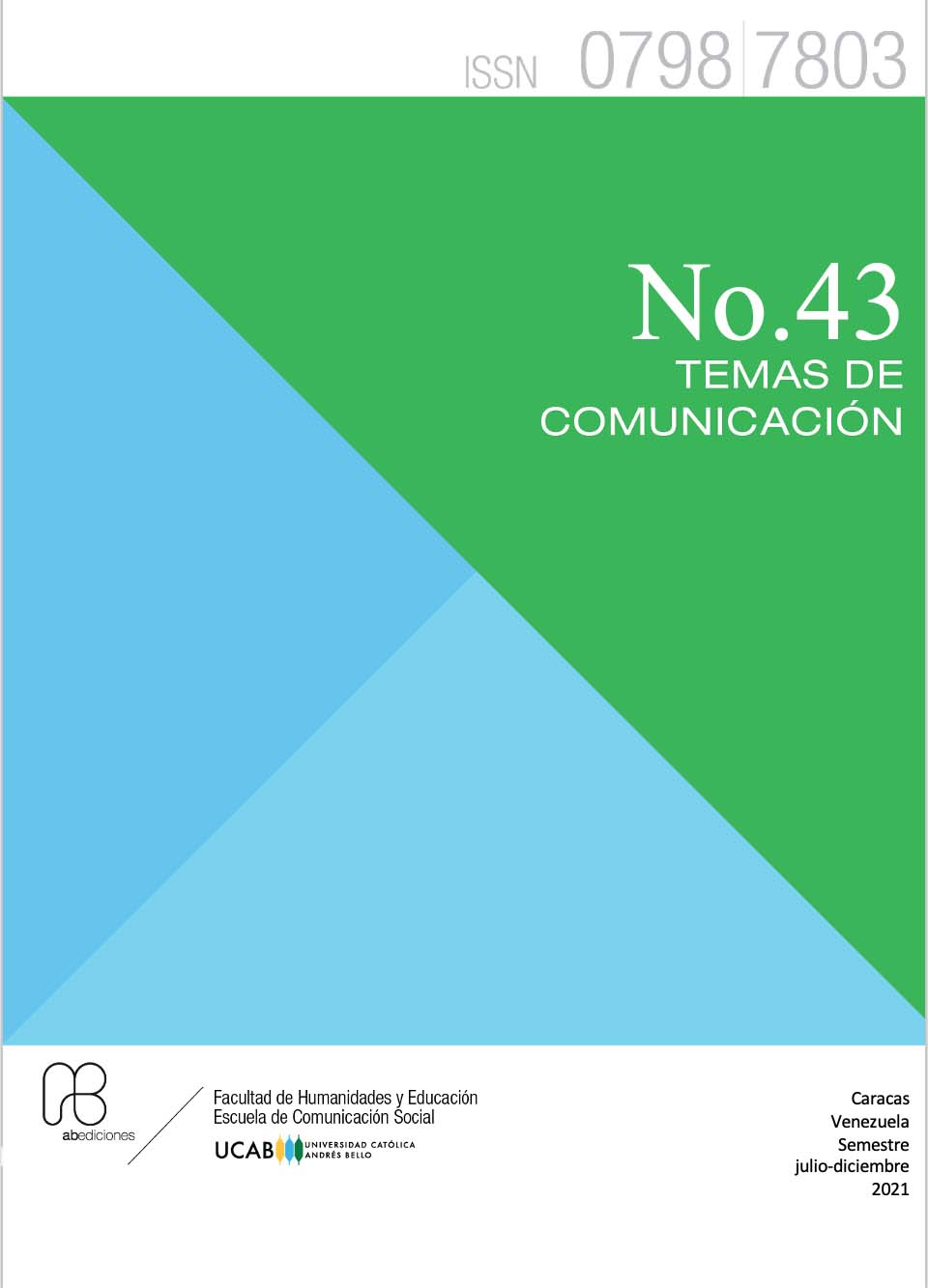La gramática de la sangre y la violencia en la redacción periodística en Ciudad Guayana: de la lingüística a la ética en la fuente de Sucesos
DOI:
https://doi.org/10.62876/tc.vi43.5347Resumen
El propósito de este artículo es caracterizar la fuente de Sucesos en una de las ciudades más peligrosas del mundo. Para ello, se aplicará una metodología de análisis y de sistematización gramatical crítico-descriptivo de la redacción, a la luz de la gramática, de las normas ortográficas y de criterios de lingüistas clásicos, contemporáneos y de periodistas- lingüistas. Estas subcategorías pueden emplearse en otra fuente periodística de cualquier otro medio de comunicación hispanoparlante y también arrojarán un diagnóstico lingüístico sobre la redacción. Aunque se recurre a la lingüística aplicada, el enfoque será periodístico y gramatical. El corpus está compuesto por 149 notas de Sucesos, de las cuales se tomaron en cuenta títulos y cuerpos de las notas. Esta investigación reflejará las implicaciones éticas de, por ejemplo, el uso de la voz pasiva y del gerundio o de la omisión de las comillas.


